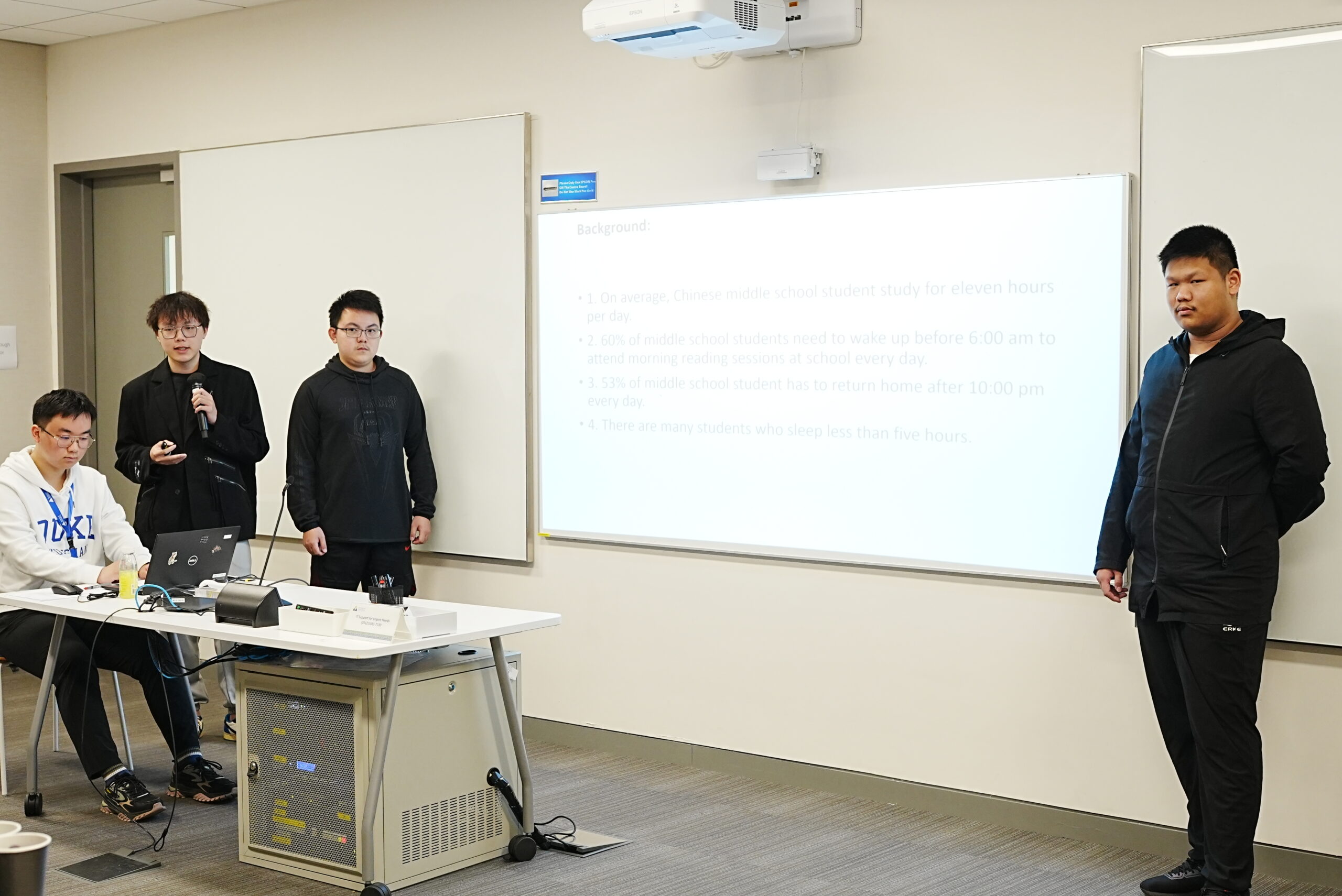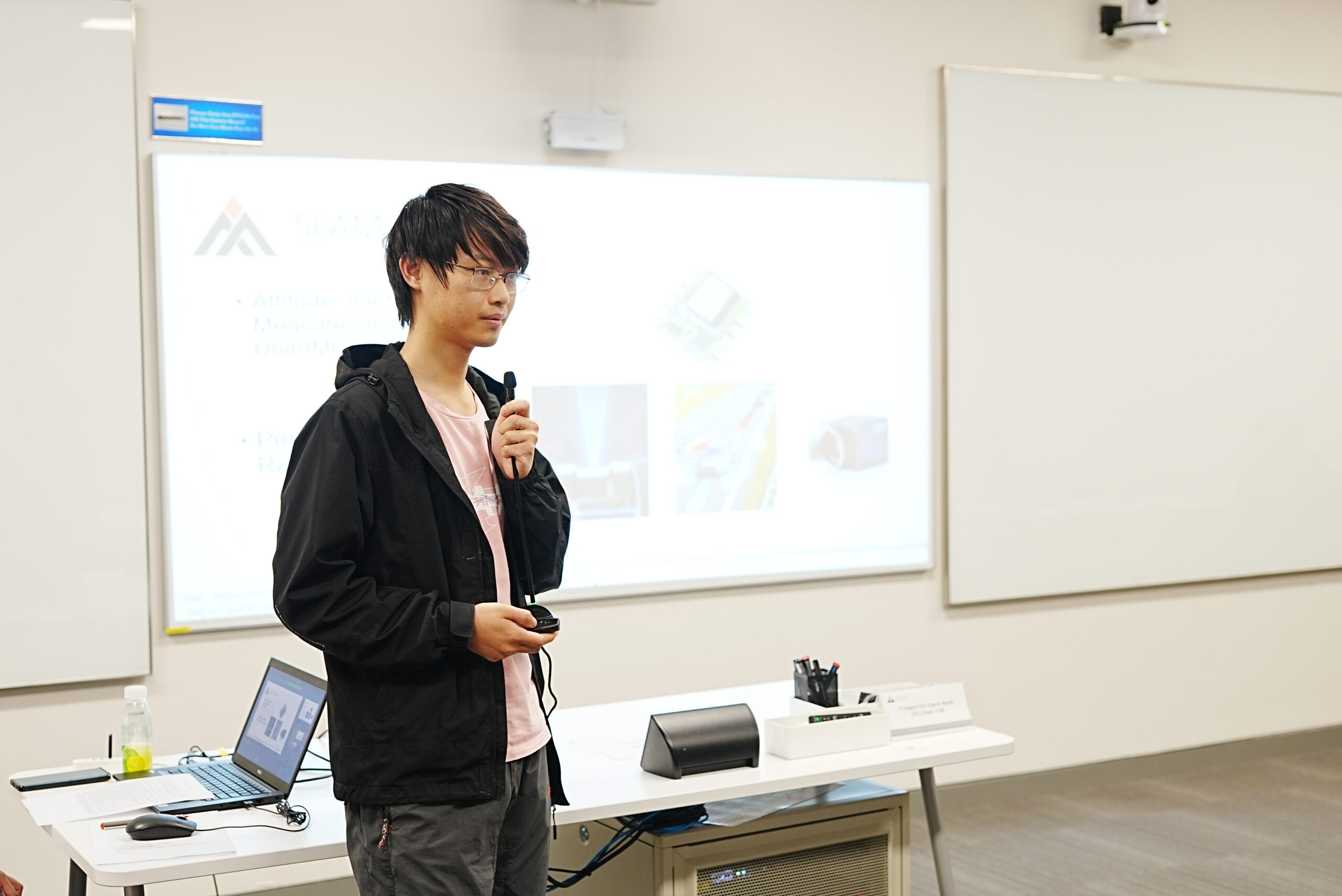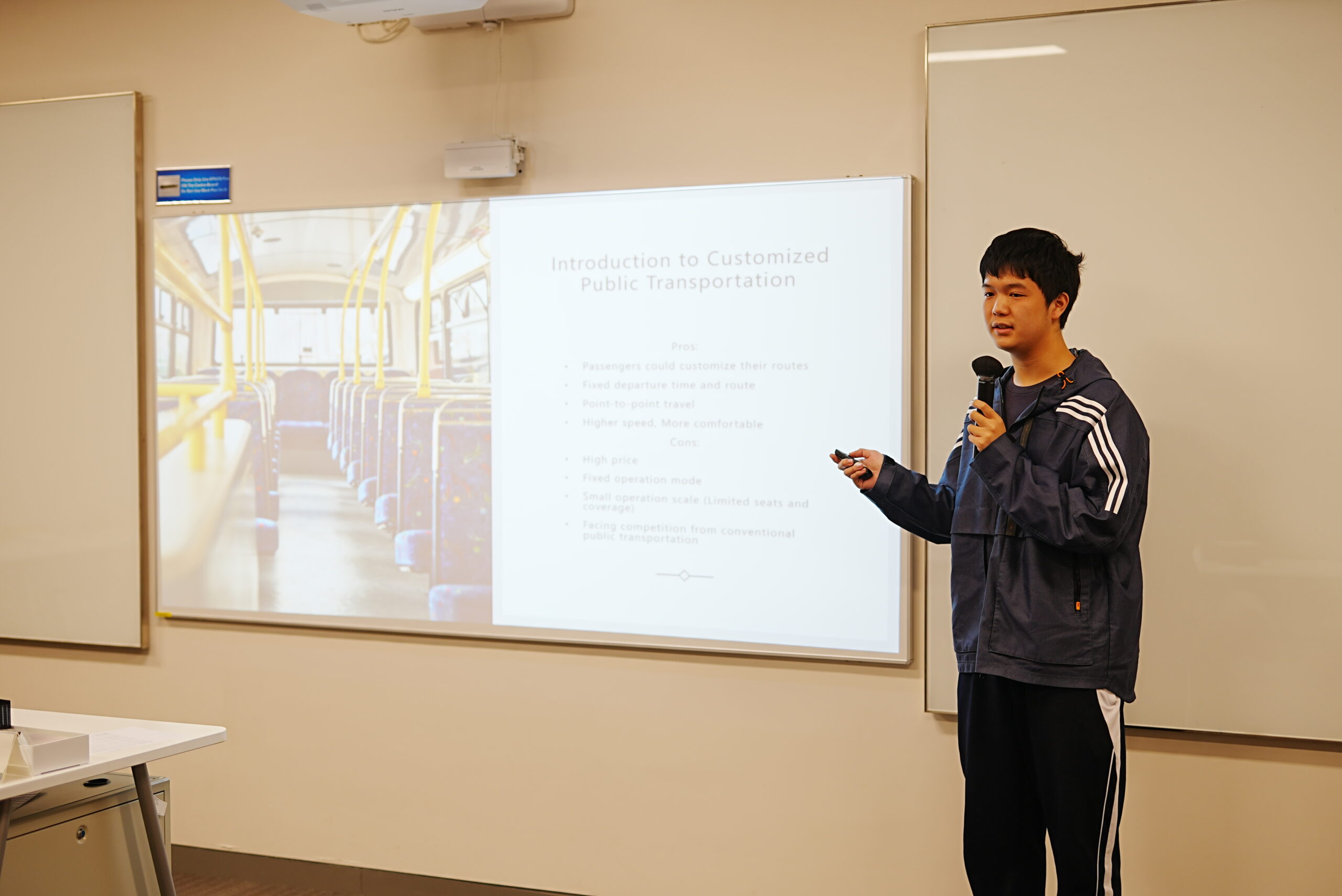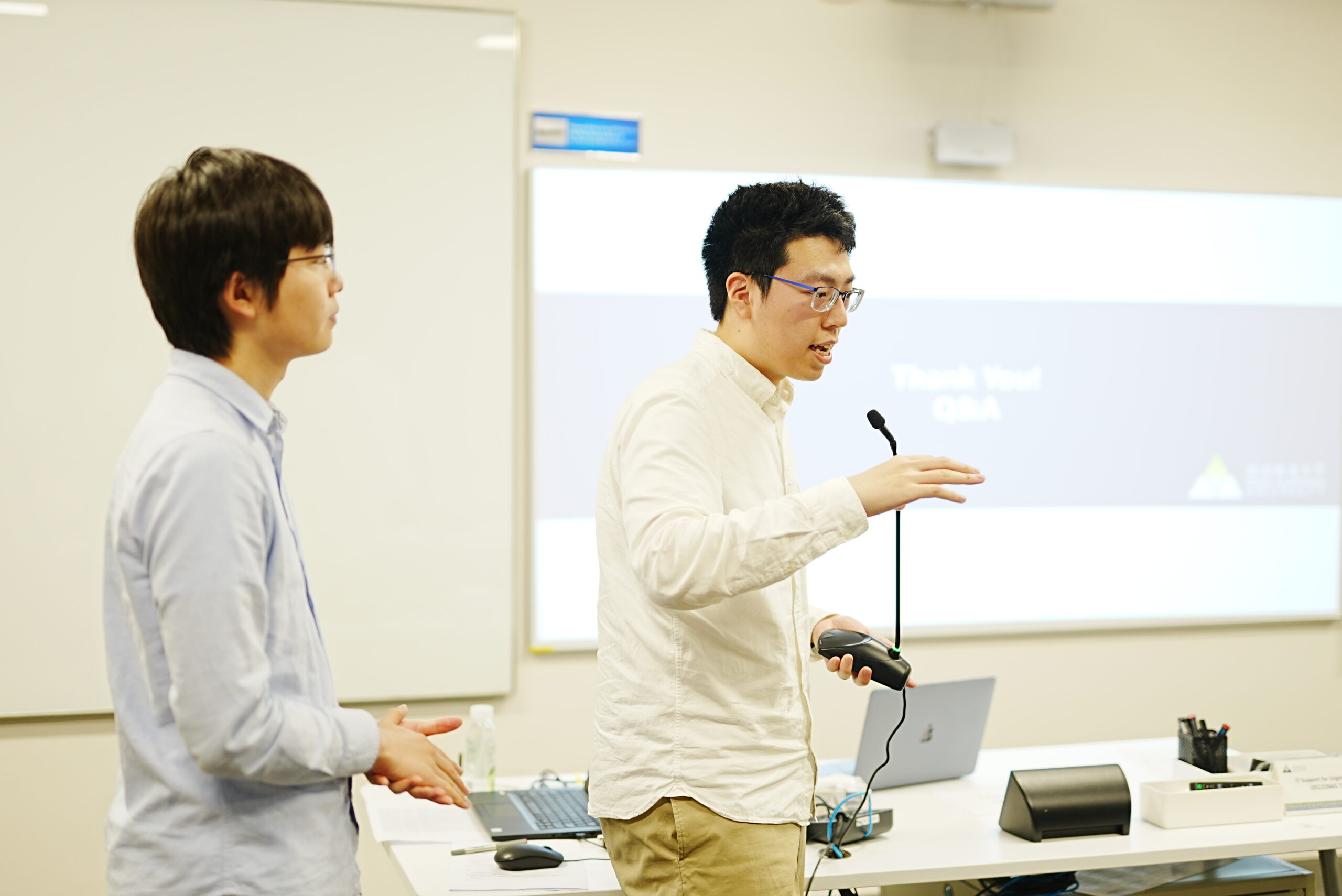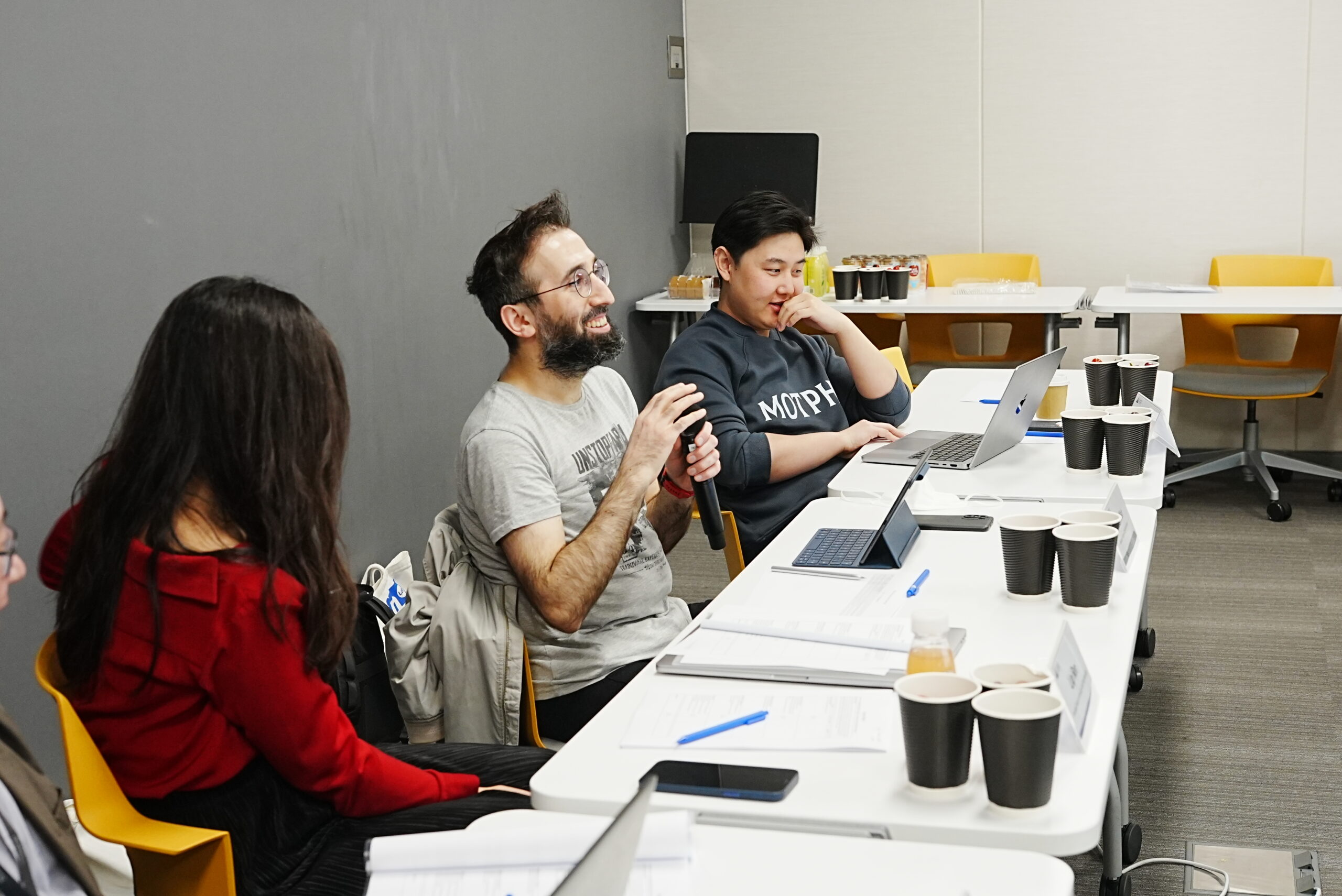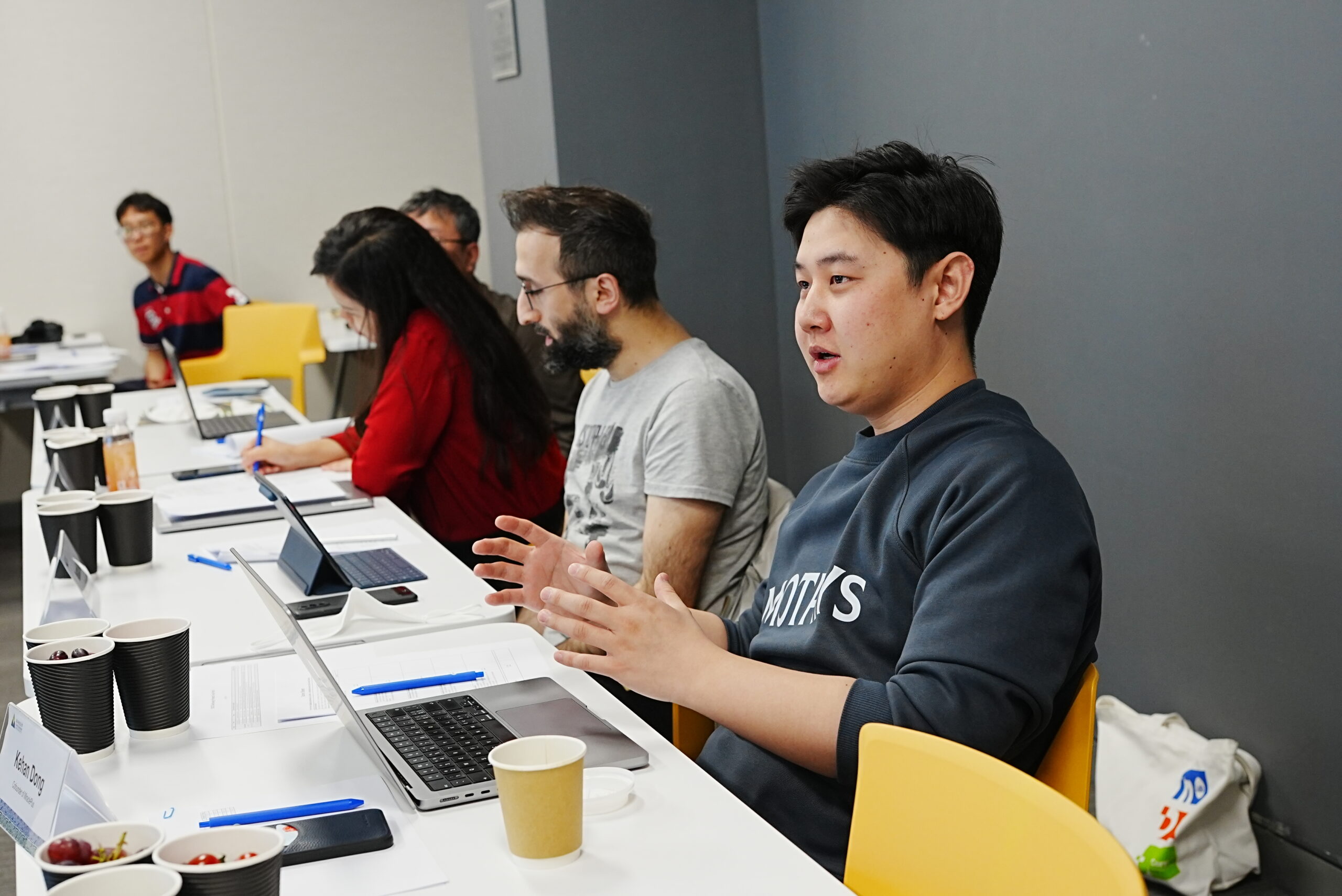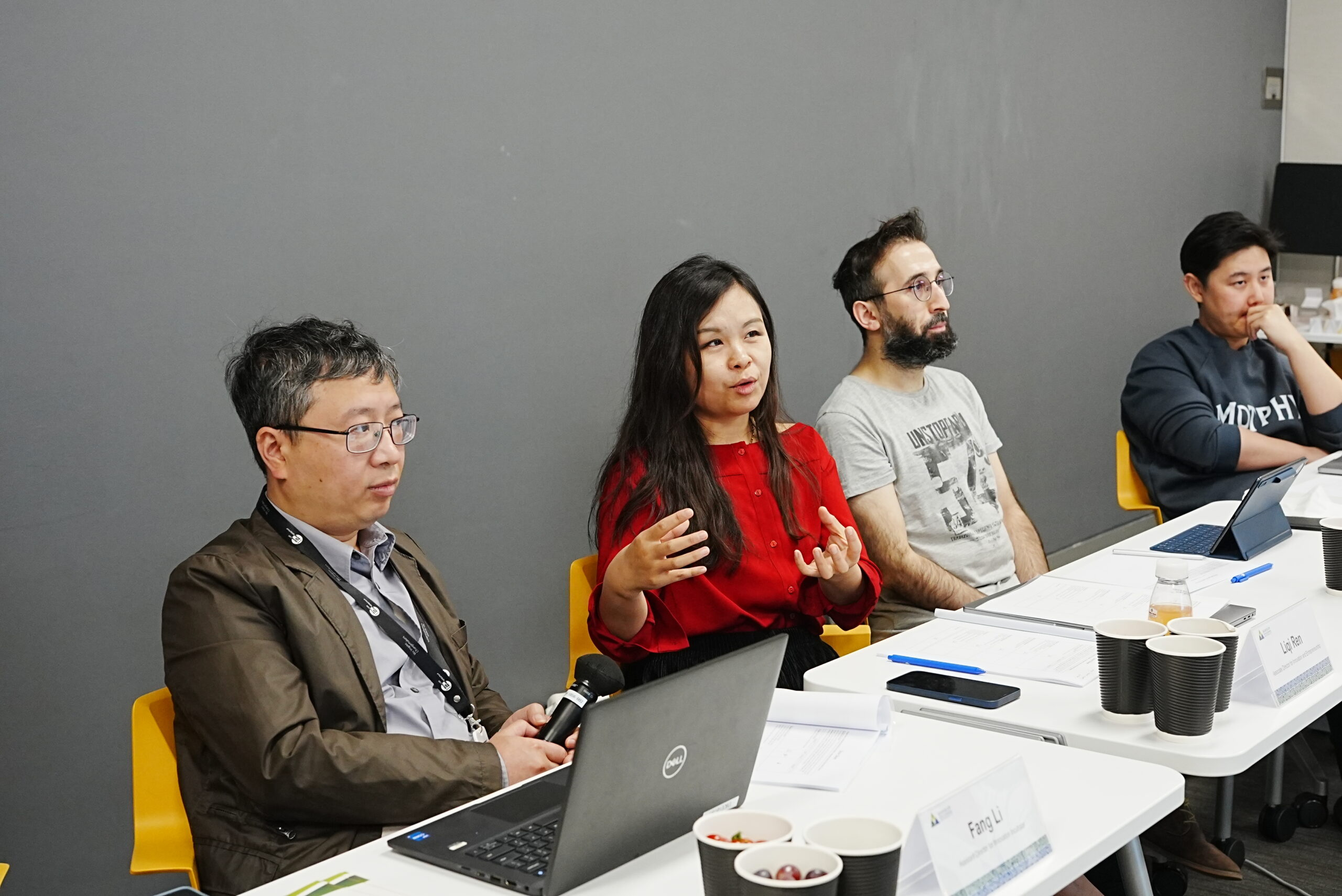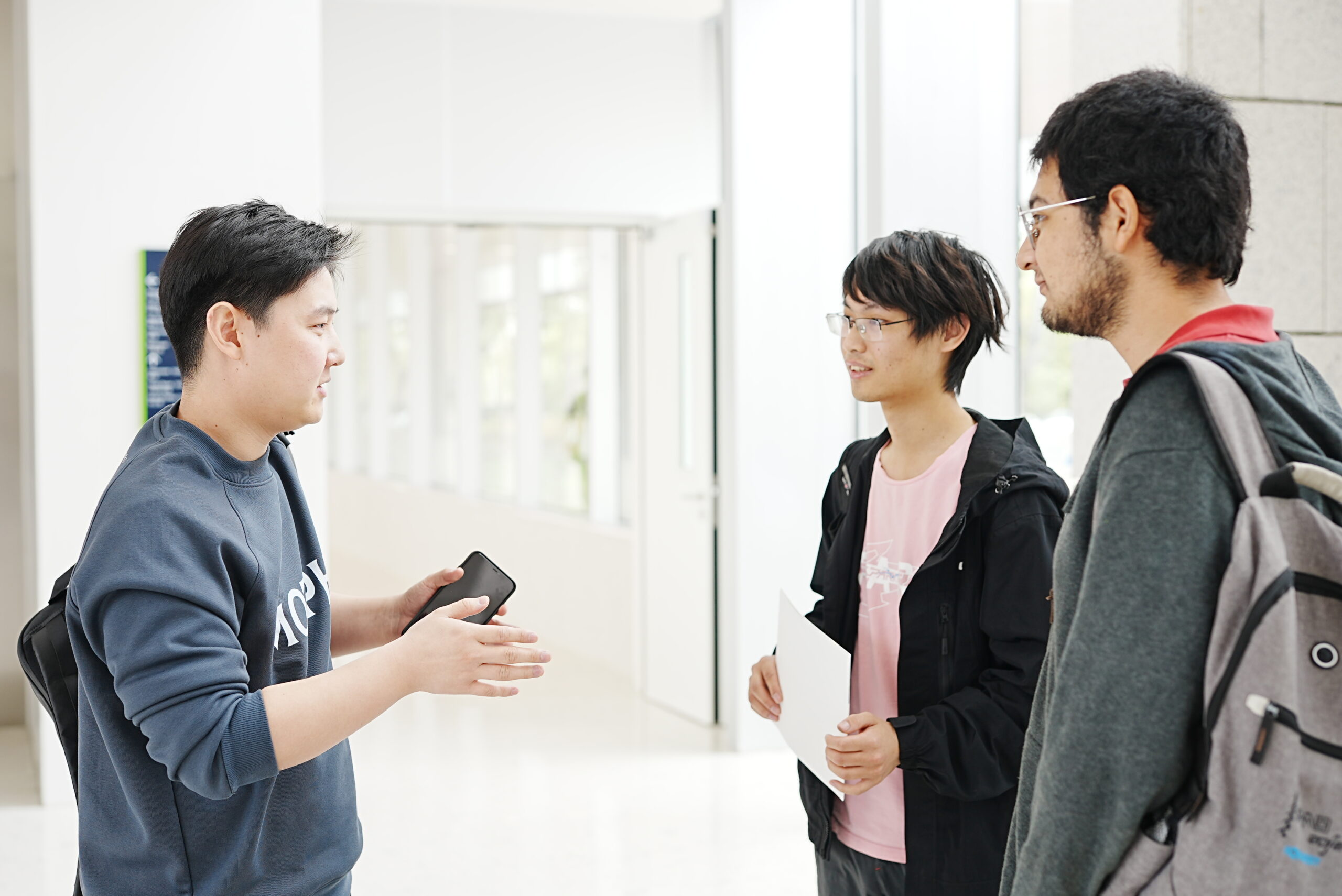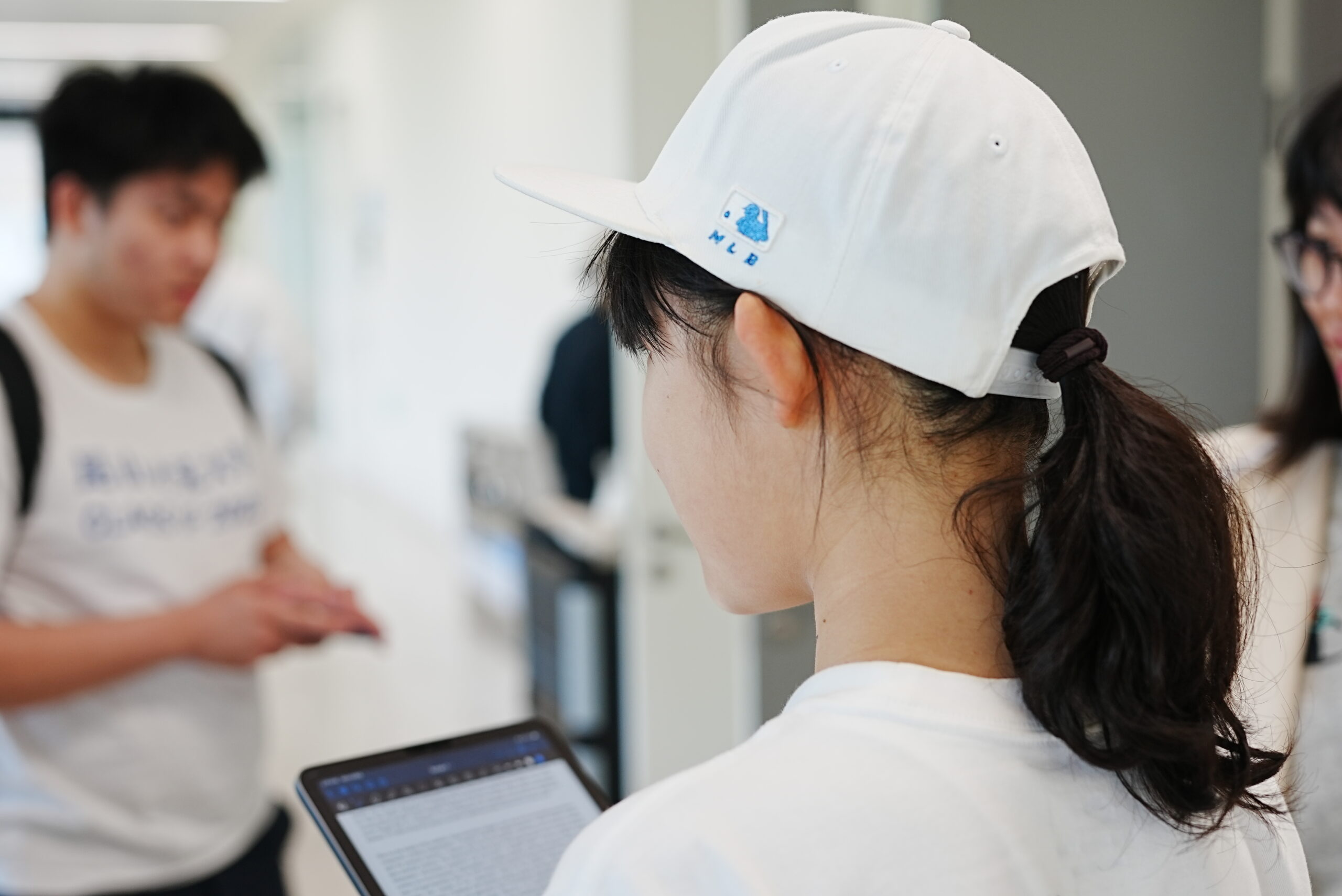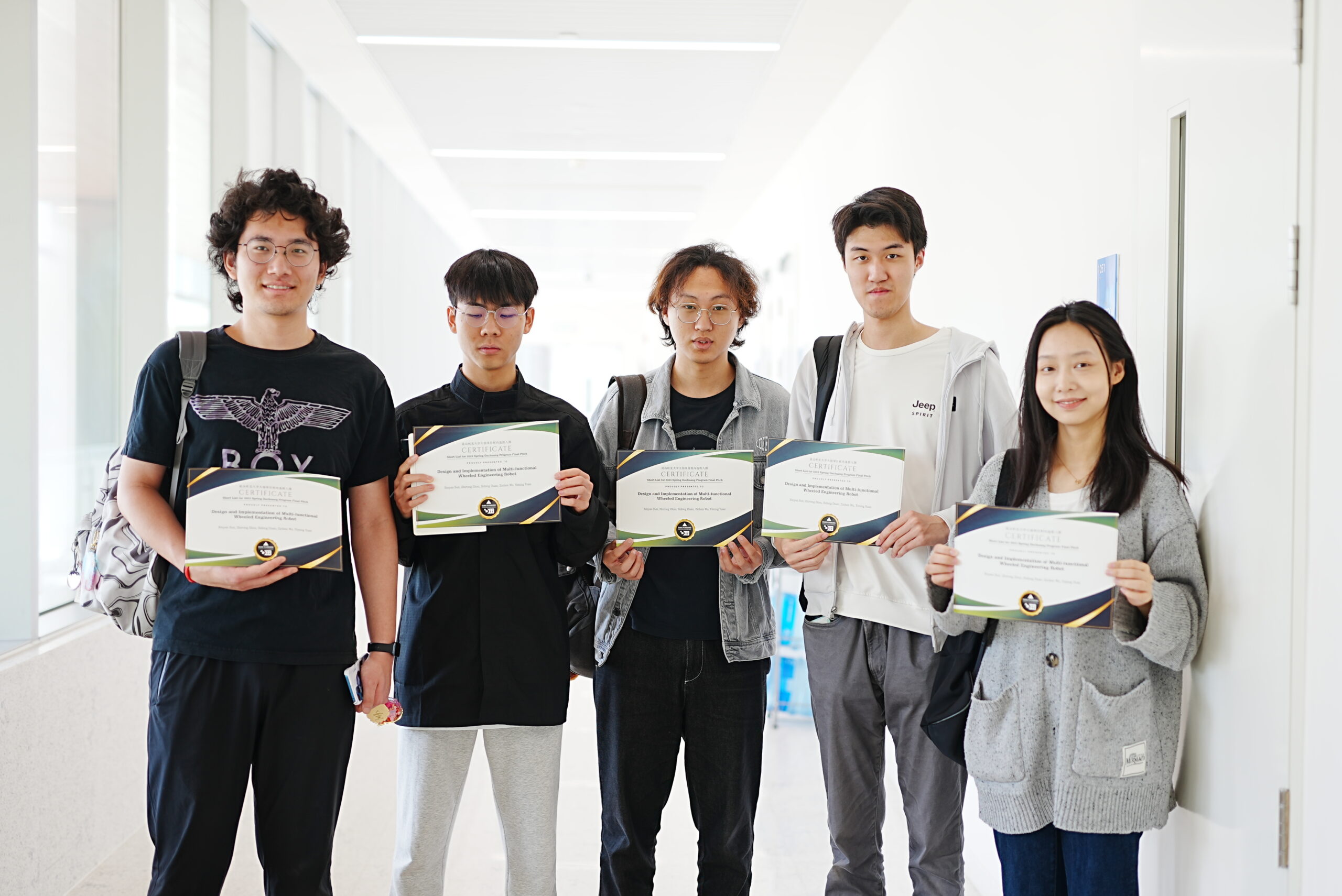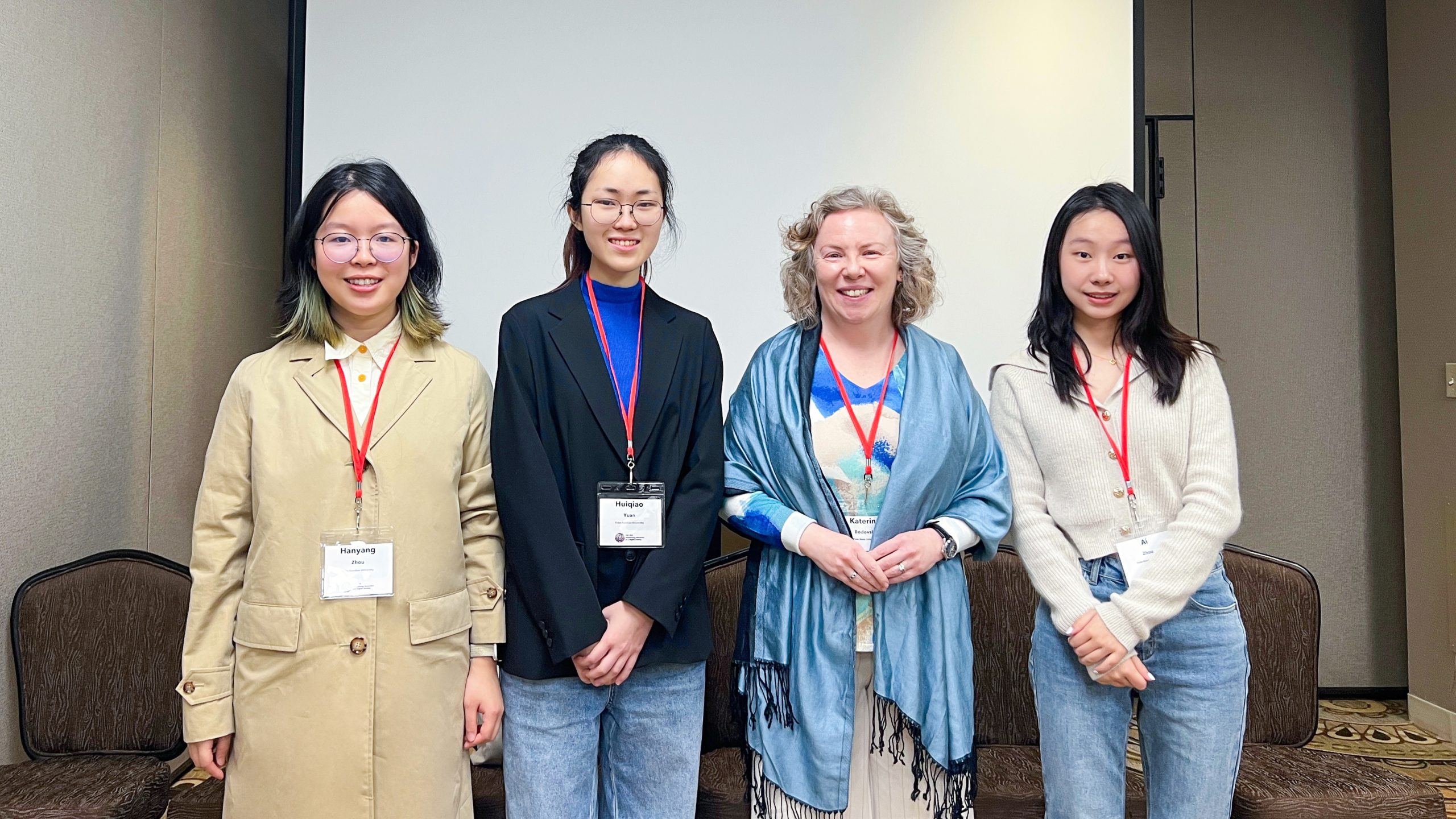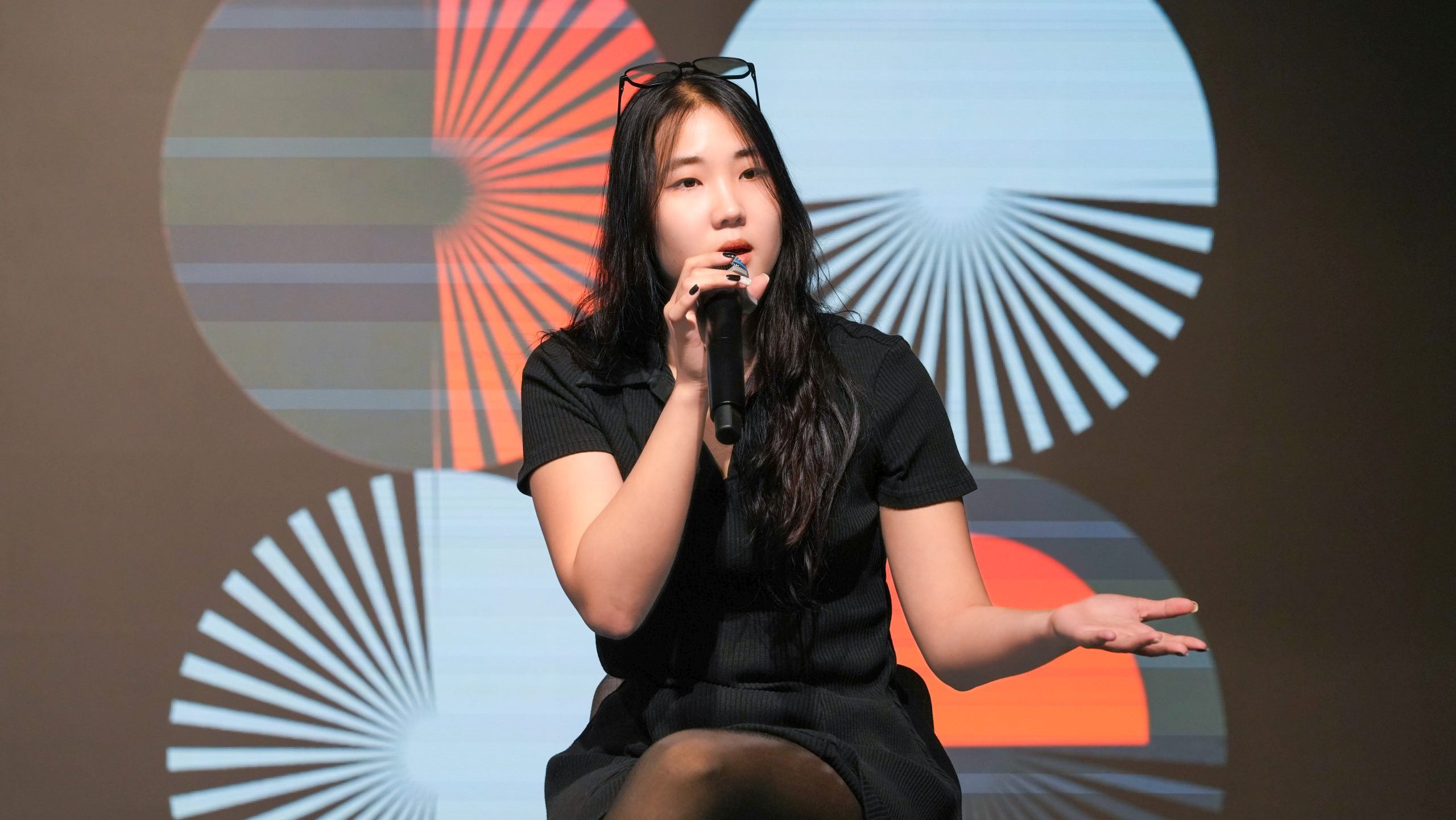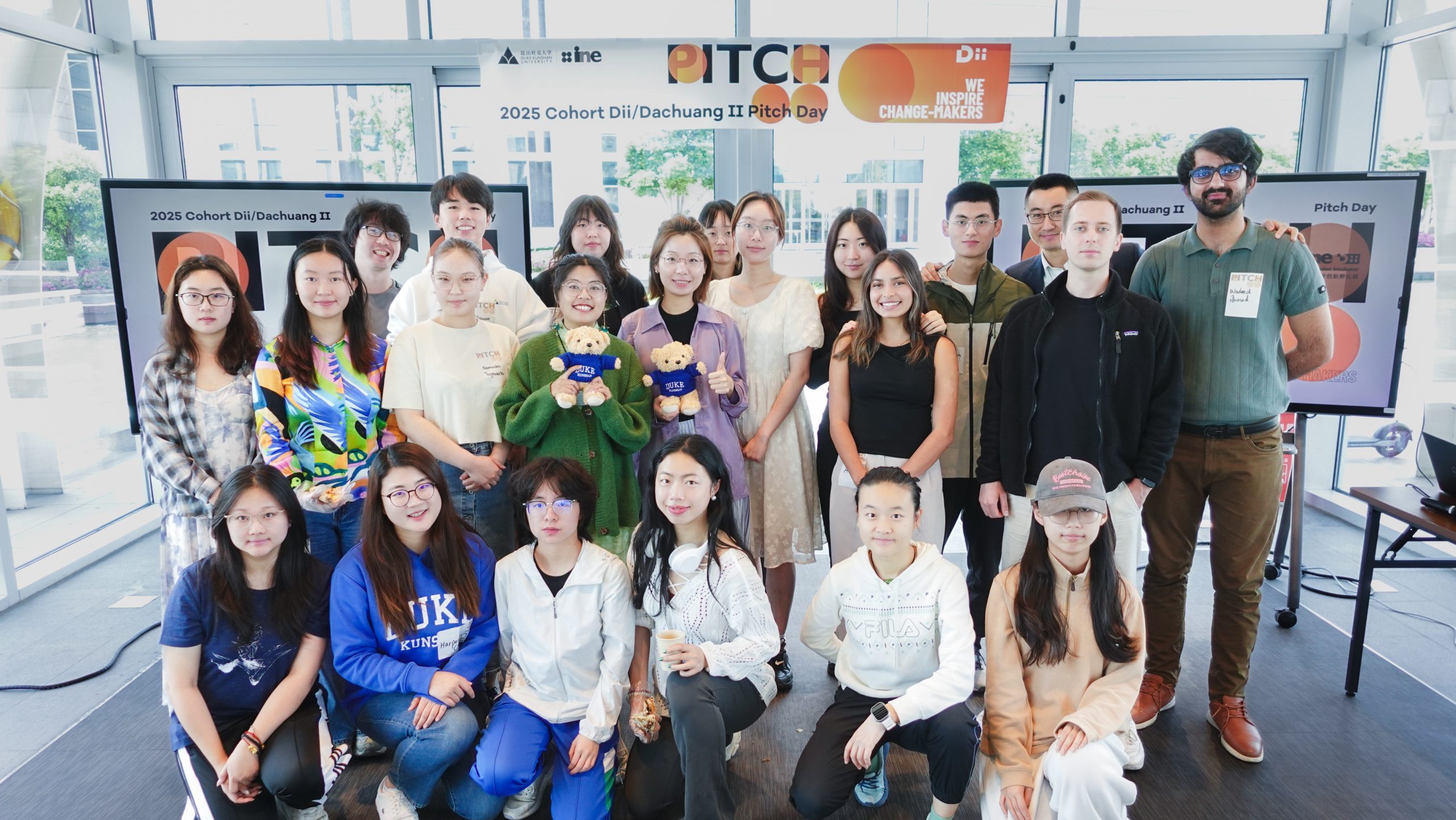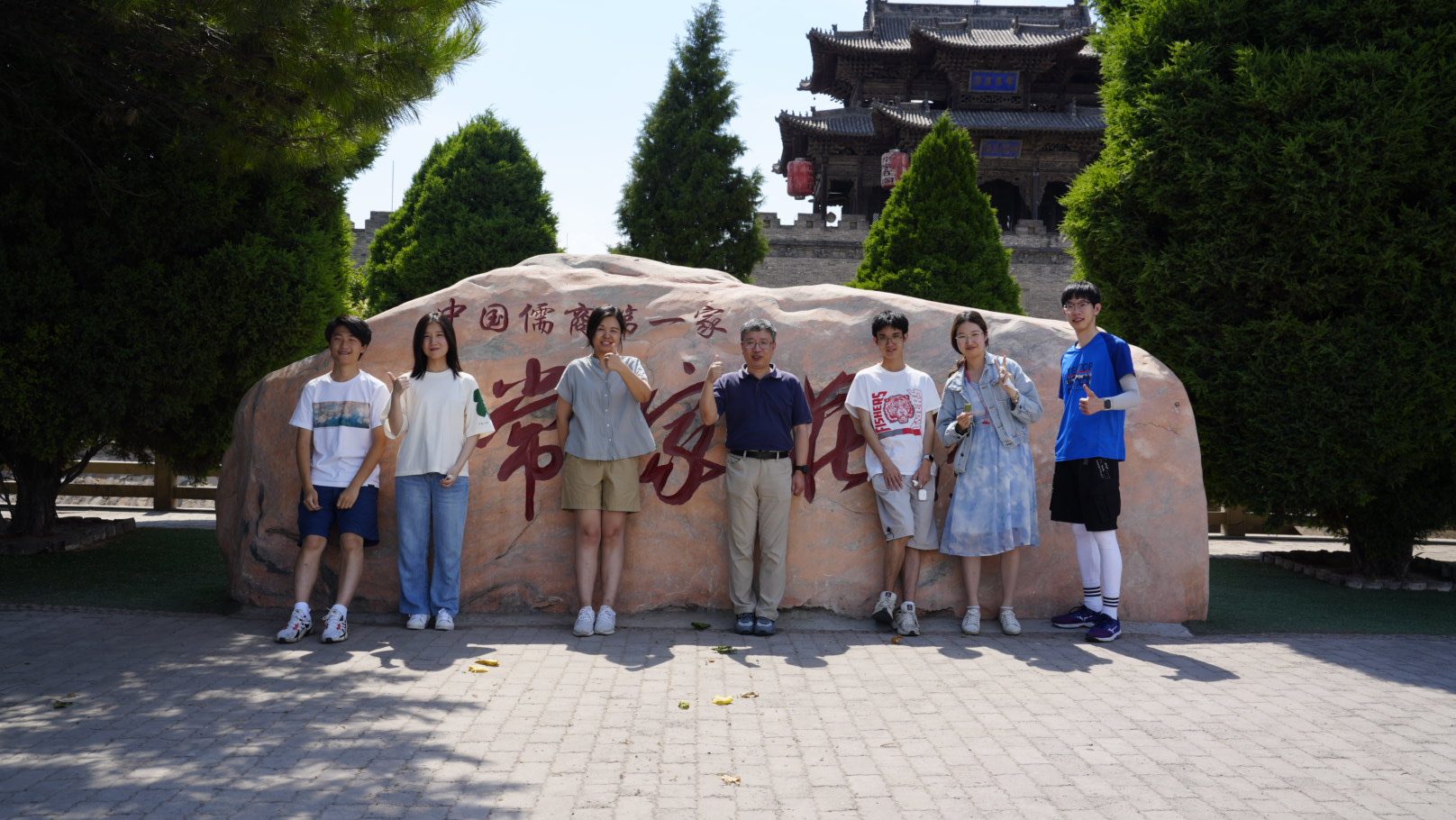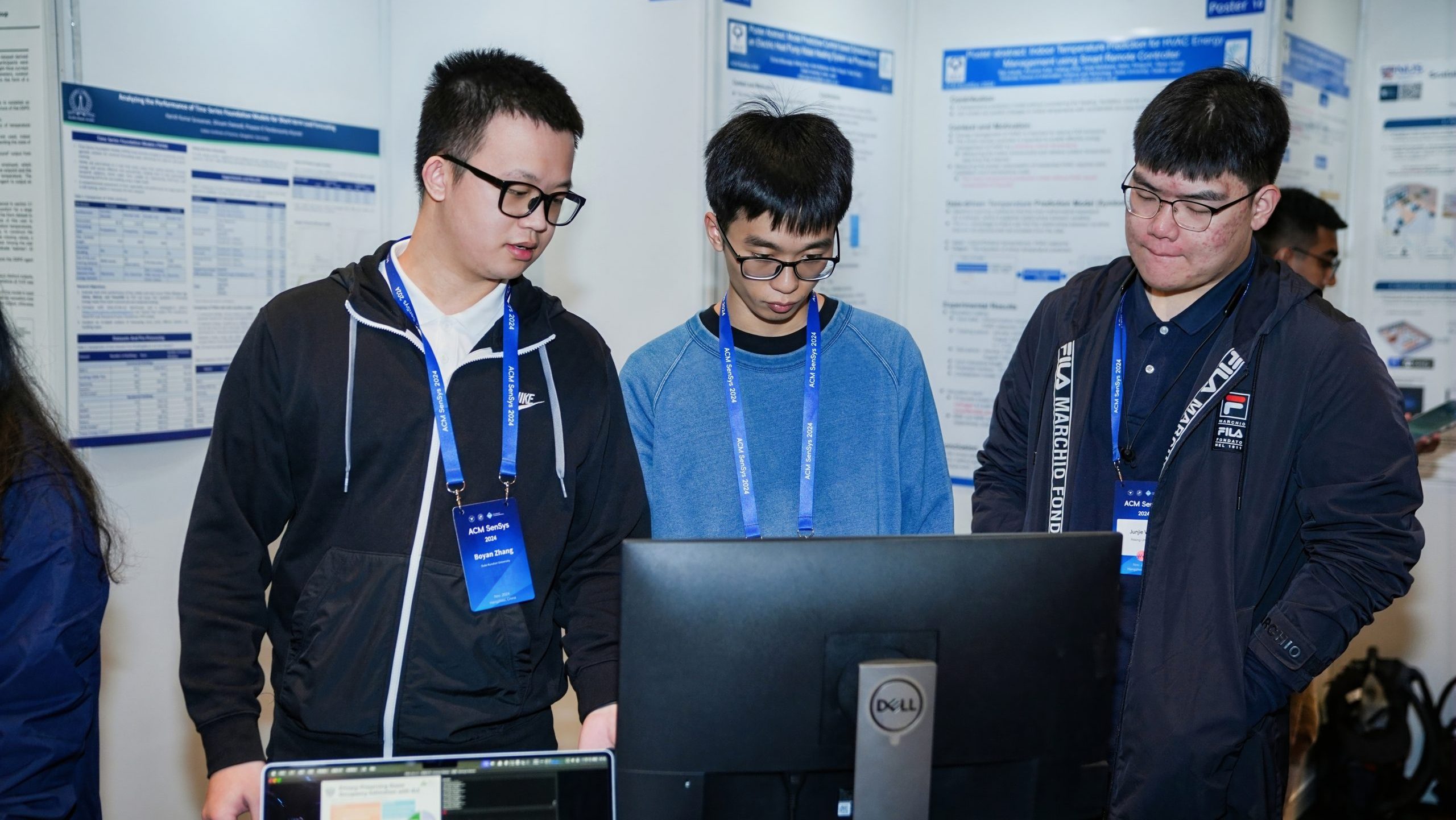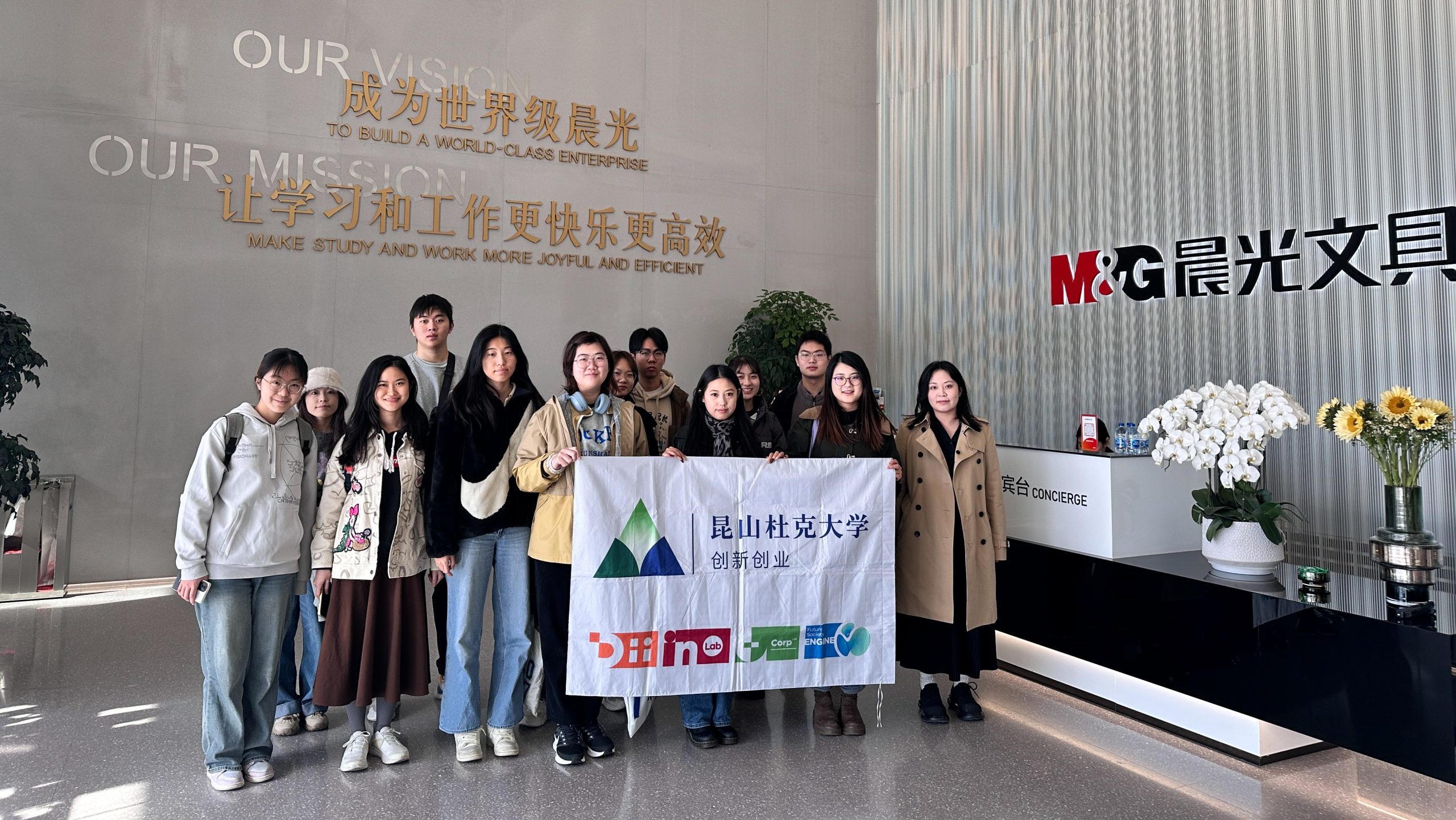After meticulous and prudent evaluation by the judging committee, 28 teams were selected from nearly 40 competitors in spring 2023 and were successfully shortlisted for the 2023 Student Innovation and Entrepreneurship Training (Dachuang) program. During the selection process, the participating teams all revealed their ideas, enthusiasm, and motivation for innovation and entrepreneurship. Under the operation and management of the Duke Kunshan University innovation incubator (Dii), they will continue to work hard to put their dreams into practice and bring new inspiration and style to the DKU innovation and entrepreneurship community.
About Dachuang
Since 2015, the Ministry of Education of China has started the “Dachuang” training program, which aims to support university students to participate in scientific research, technology development, entrepreneurship simulation, entrepreneurial practice and other innovative and other innovative and entrepreneurial activities at an earlier stage; strengthen students’ innovative and entrepreneurial abilities, enhance the spirit of innovation, creative thinking, and entrepreneurial awareness. The program types include: Innovation Training Program (ITP), Entrepreneurship Training Program (ETP), and Entrepreneurship Practice Program (EPP). Projects are not limited to disciplines, but are innovative and exploratory, and have a high degree of feasibility and auditability of results.
The DKU iNNOVATION iNCUBATOR (Dii) operates and manages all projects, and Dii supports the academic guidances, project funding, and other resources needed for the projects.
Judging Panel
Mustafa Misir / Associate Professor of Computational Science
Kehan Dong / Cofounder of MiraclePlus
Jiang Long / Senior Lecturer in Computer Science
Anastasia Tsigkou / Associate Professor of Biology
Linfeng Huang / Associate Professor of Biology
Meifang Chen / Associate Professor of Health Policy
Claudia Nisa / Assistant Professor of Behavioral Science
Minjoo Joo / Assistant Professor of Psychology
Kaijie Chen / Duke University Alumni; Entrepreneur
Vincent Wang / Business Engagement Lead, Greater China, WORLD ECONOMIC FORUM
Weiwei Shi /Assistant Professor of Material Science
Xin Tong / Assistant Professor of Computation and Design
Zhaojin Zeng / Assistant Professor of History
Fan Liang / Assistant Professor of Media
Liqi Ren / Associate Director for Innovation and Entrepreneurship
Fang Li / Assistant Director for Innovation Incubator
Teams and Projects Profiles (IE79-IE92)
Congratulations to these 14 teams for successfully qualifying for the 2023 College Student Innovation and Entrepreneurship Training Program – the Dachuang Program! In the next issue, we will introduce the rest of the selected teams. We hope that everyone will enjoy the boundless fun of innovation while improving and developing their projects. As for the teams that unfortunately did not make it this time and other students who carry innovative ideas but did not apply, we look forward to seeing you at the next Dachuang application season, where we will provide assistance to the best of our power. Dii always welcomes more teams with unique ideas to participate!
Dachuang Final Pitch
Stand Out with Your Pitch
- Have a clear goal
- Identify the problem and provide a viable and feasible solution
- Know your competitors
- Identify outstanding features of your project
- Have a long-term plan
- Make use of campus and external resources
- Start early, get your team prepared
- Be confident
Q&A with current Dachuang teams
Q1. Any motivation for you to participate in / create this Dachuang project?
Jinmu Liang: When considering joining the Shape of Pain project, I had two main considerations. Firstly, the project is well-established and can provide us with a wealth of resources and opportunities, which is highly appealing to me. Secondly, the theme of the Shape of Pain project itself is very intriguing, as I believe that researching the objective expression of subjective pain is highly meaningful. By participating in this project, I hope to contribute to the search for visual methods of representing pain, advance the field of pain research, and raise awareness of this important health issue among a wider audience.
—Shape of Pain
Yijia Sun: The motivation for creating the project “Vortex” came from the Tangshan incident that happened in the summer of 2022. At that time, not only was the case deeply shocking to me, but the reactions of people on the Internet after the incident made me think deeply about it. Many people did not see it as a gender issue related to gender inequality, but rather as a simple “strong bullying the weak” violence issue. However, these people overlooked the fact that the entire case was caused by “sexual harassment” – a word that is itself strongly gendered. After reading Yifei Shen’s interpretation of the case from Fudan University, I was even more convinced of my thoughts. I am deeply aware that there are still many people in society who do not understand or even realize the vulnerable position women are in; and that the risks they face are subtle, dangerous, and yet omnipresent. This is perhaps one of the problems that hinder the advancement of women in our country. Therefore, I came up with the idea of creating something interesting that could attract the public to learn about the problems that these women face. The Dachuang platform allowed me to use my professional knowledge to achieve these longer-term goals.
—Vortex
Q2. What are your long-term vision and goals for the project?
Yuanfei Hu: The innovation of this project is to try to use mathematical modeling to analyze the pain data obtained, so we hope that our project will be the best in this regard. Although there are some ideas that are still difficult to implement (such as the combination of graphics and data, the specific design and process of the experiment), we hope to achieve good modeling and really get an intuitive and accurate visualization solution through brainstorming and other means during the project process.
—Shape of Pain
Yijia Sun: In the long run, we expect the game not just to be successfully made and published, but to get publicity, promotion, good reviews, and popularity. Only by building up a good reputation and popularity can we expand our audience and find bigger and longer-term cooperation opportunities. We expect that, in addition to publishing the game on Steam and other gaming platforms, we will also be able to enter into partnerships with major universities or companies to sell the game to them as educational training materials to raise awareness of gender equality. Let the game leave the seeds of thought enlightenment in the hearts of more people is our aim. In the future, if the game is well received, we expect to continue to release more versions to study the various “inequalities” in life, such as age discrimination, workplace discrimination, etc., and to cooperate with universities and companies in the long term.
—Vortex
Q3. Now as a newcomer to Dii, what suggestions do you have for future applicants?
Jiarui Ma: It is crucial to clarify the strengths and innovative aspects of our project. We should clearly express how our project stands out and emphasize its uniqueness. Additionally, it is essential to proactively research other projects similar to ours. By learning from and drawing inspiration from other projects’ strengths, we can address our own shortcomings and enhance the competitiveness of our project. Therefore, both the clear identification of our project’s advantages and innovation, as well as an early understanding of similar projects, are highly important.
—Shape of Pain
Yijia Sun: I get three pieces of advice:
(1) Think boldly, do boldly. I know many people may already have a good idea, but they are afraid to let go of it due to the difficulties they foresee; some people may not have an idea yet, but just have the passion to do something in their hearts. In fact, DKU InE provides a very open and supportive platform, accepting the diversity of ideas, with a series of strategies to cultivate and incubate ideas, and sufficient equipment and financial support. Only you can think of something, nothing can’t be done. Therefore, students who have ideas actively seek help from mentors, and those who do not have ideas look for points of interest, and believe that we can all turn ideas into practice.
(2) Actively seek help from multiple resources. A good project, from the germination of the idea to the formation of the team, can not be done alone. Our team has received assistance from multiple sources such as mentors, entrepreneurs, and InE. By asking and testing more, we can get different perspectives from different people, so that we can better improve the project proposal.
(3) Be aware of the business operation mechanism and market context. Especially for entrepreneurship training/practice programs, it is necessary to simulate the operation of an actual company. If you don’t know these things in advance, you are likely to encounter the result of your proposal being sent back for revision due to poor marketing and advertising strategies. This knowledge will also help you to develop a better timeline later.
—Vortex
Jiayu Gao: Personally, I tend to think that college students may not always be able to think through all the risks they face and that the basis of entrepreneurship should be to make the project have core competencies, not to be opportunistic or quick-witted. Be sure to plan well when making your project application!
—Dreamlit AI


